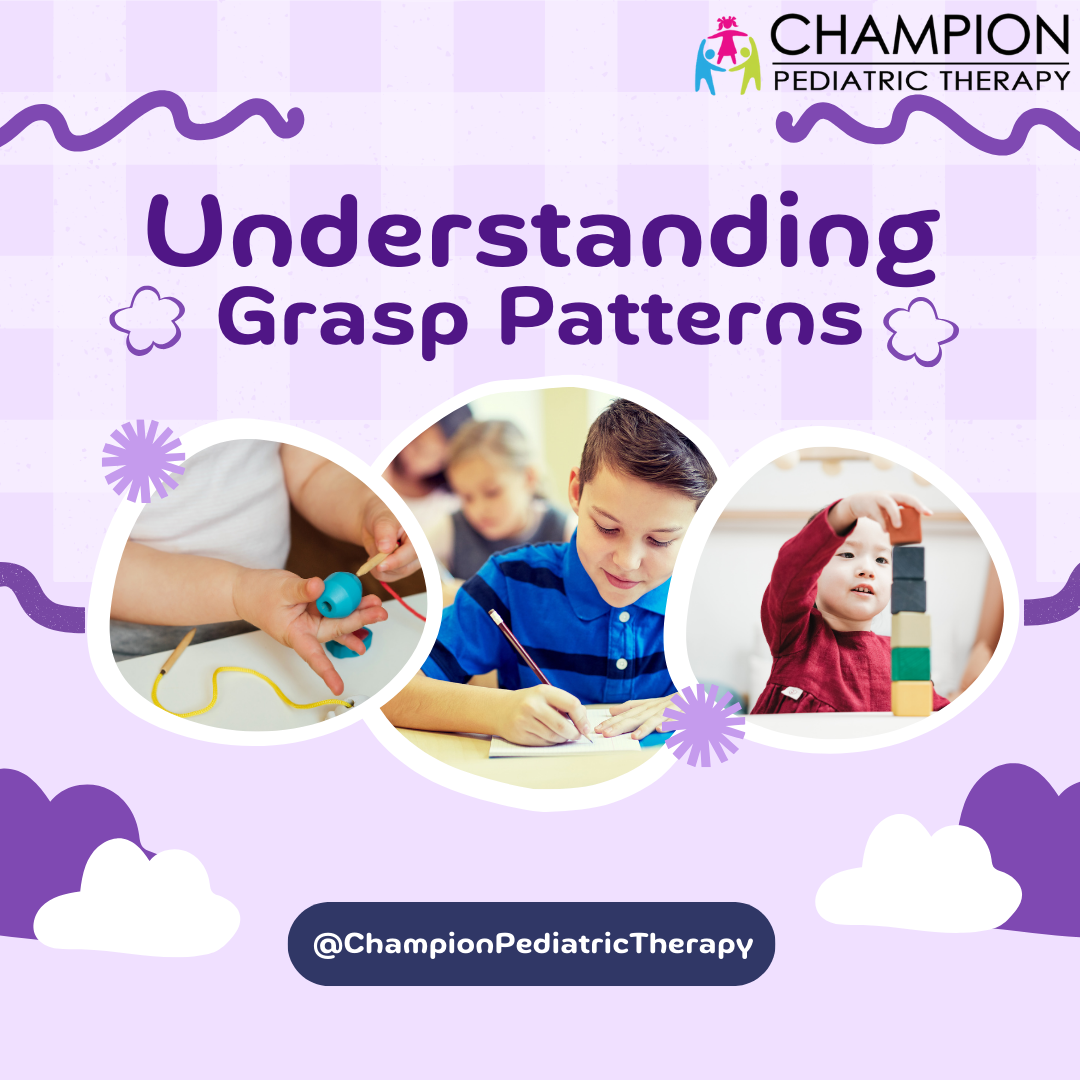Grasp patterns refer to the way we hold and manipulate objects with our hands. There are different types of grasp patterns that develop as we grow and help improve fine motor skills. These grasp patterns are known as the palmar grasp, pincer grasp, lateral grasp, and the tripod grasp.
The palmar grasp is the earliest grasp pattern seen in infants, where they use their whole hand to hold objects. Activities that promote palmar grasp include grasping and shaking rattles, playing with soft toys, or exploring textured objects. As babies develop their fine motor skills, they start using their thumb and index finger to pick up small objects. Activities that encourage pincer grasp include picking up small beads or buttons, transferring objects between containers, or using tweezers to pick up objects. The lateral grasp pattern involves holding objects between the thumb and the side of the index finger. Activities that encourage lateral grasp include holding and using utensils for eating, manipulating small puzzle pieces, or playing with small construction toys. The most advanced grasp pattern is the tripod grasp. This is where the thumb, index, and middle fingers work together to hold objects. Activities that promote tripod grasp include writing or drawing with a pencil or crayon, using small tools for crafts or building, or playing musical instruments that require finger dexterity.
Engaging in activities that target specific grasp patterns can help develop and refine fine motor skills, hand-eye coordination, and finger strength. It is important to provide a variety of activities that challenge and stimulate different grasp patterns to promote overall hand function. It is always important to choose age-appropriate activities and provide supervision when needed. It is also recommended to consult with an occupational therapist for personalized guidance and recommendations based on individuals needs and goals.

